10 Safe Blue-Chip Stocks You Want to Own
When markets get jittery (like they are now), investors’ thoughts often turn to so-called “safe stocks,” to protect their portfolios against losses.

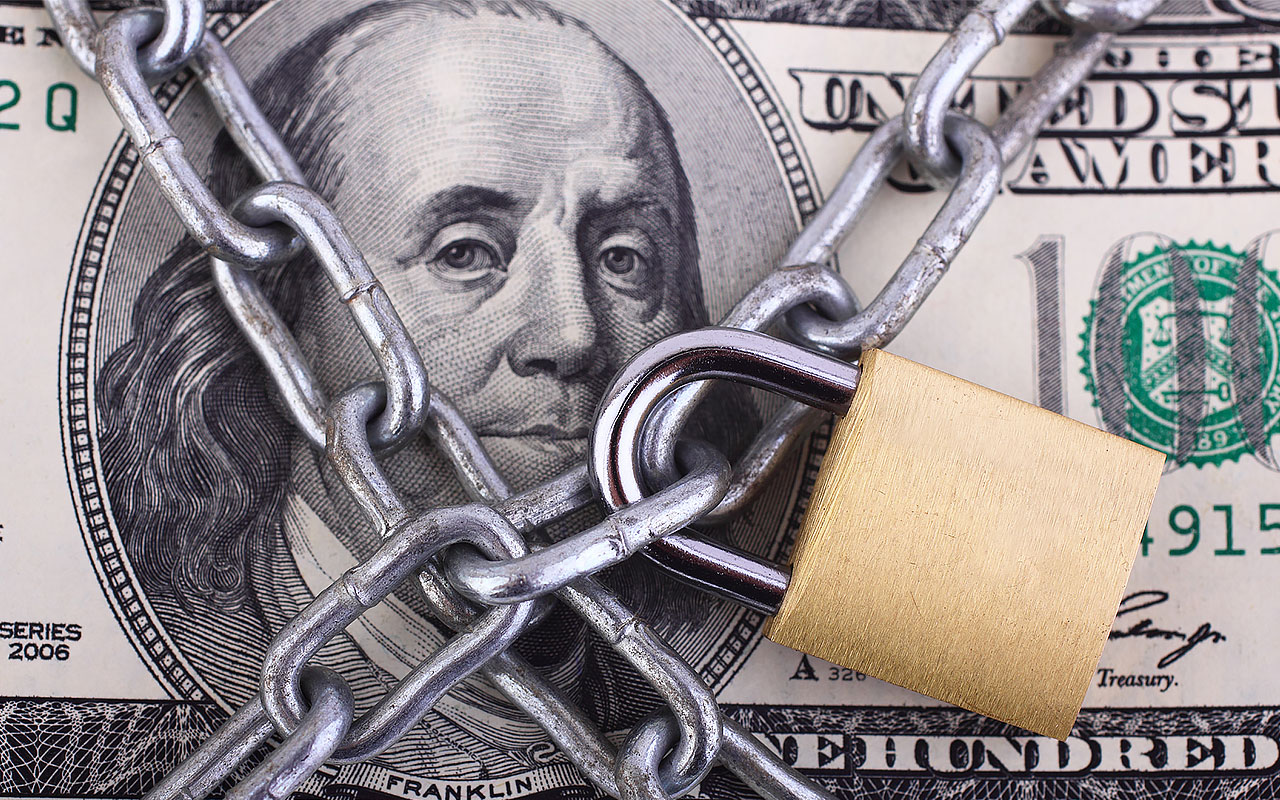
When markets get jittery (like they are now), investors’ thoughts often turn to so-called “safe stocks,” to protect their portfolios against losses. Especially when there are numerous headwinds and no clear outcome in sight, blue-chip stocks have a particular appeal thanks to their diverse businesses, deep financial resources and relative stock stability.
There are all sorts of sources of uncertainty, such as new leadership in the Federal Reserve and questions about how much more the Fed will raise interest rates, or global central banks ending their economic stimulus efforts, which could lead to synchronized global contraction; spiking oil prices.
There’s also the ongoing threat of a trade war between the United States and China as the former ramps up proposed tariffs and the latter considers retaliation of its own. Not to mention, America has pulled out from the Iran nuclear deal and imposed sanctions on the nation, heightening chances of additional conflict in the Middle East.
Thus, now seems like exactly the right time to load up on “safe stocks.” While no company is completely immune to broad-market headwinds, these mostly blue-chip stocks are among investors’ best bet for stability as well as dividend income to help offset any small losses in a down market. Here are 10 best bets for the moment.
Data is as of May 21, 2018. Dividend yields are calculated by annualizing the most recent quarterly payout and dividing by the share price.

3M
- Market value: $119.8 billion
- Dividend yield: 2.5%
At a time when companies are divesting businesses to focus on doing one thing well, 3M (MMM, $201.76) is a bit of a paradox. The Post-it Note maker sells everything from office supplies and healthcare products to marine repair goods and aerospace adhesives. This disparate mix has done well for 3M, however, giving it something to sell regardless of the economy.
An added plus is that the company has paid — and increased — its dividend every year since 1977. In view of the company’s solid growth prospects and abundant cash flow, there is every reason to believe MMM will continue to hike its dividend. Analysts at Bank of America/Merrill Lynch think the company’s diverse businesses help insulate it from economic cyclicality, which is exactly the kind of risk that investors seek to insulate themselves from with safe stocks.
3M’s stock has pulled back significantly since its late April earnings report, during which it pulled back its full-year earnings guidance. But it continues to have robust growth prospects, and its 2.5% dividend yield is on the higher end of its 10-year range.

Southern Company
- Market value: $43.9 billion
- Dividend yield: 5.4%
- Southern Company (SO, $43.44) has paid out a regular dividend since 1948 and has delivered 16 consecutive annual payout hikes. It’s also producing a little growth of late, posting first-quarter profits of 88 cents per share that were up 33% year-over-year and beat the consensus estimate of 83 cents. Wells Fargo analysts have expressed confidence in Southern Company’s expansion of its regulated business through acquisitions.
No list of safe stocks would be complete without a utility stock or two.
In good times and bad, consumers nearly always pay their utility bills because they need the basic services they provide – things like electricity, gas for heat and water for drinking and bathing.
Even though deregulation of power markets has reduced profit margins, regulators grant utilities a monopoly in businesses like electricity transmission and distribution. Regulators also allow utilities an agreed-upon return on investment, and most rate hikes are approved. This makes utilities in general a safe bet.

Walt Disney
- Market value: $155.1 billion
- Dividend yield: 1.6%
Despite operating in the fickle entertainment industry, Walt Disney (DIS, $104.06) has a mostly consistent business. It helps to own a variety of valuable brands that it can monetize through a variety of channels that include broadcast and cable media, parks and resorts, consumer products and studio entertainment.
Historically, weakness in one segment has been outweighed by gains in another. For example, in 2017, when the studio business was hurting (along with the rest of the industry) the company’s earnings were buoyed by theme parks, enabling Disney to limit its year-over-year earnings decline to just 1%.
Going forward, analysts at Bank of America/Merrill Lynch expect the shares to outperform their peers, driven by improvement in the park and resorts business, steady growth at broadcast and cable media and higher margins in consumer products.
But the big thing to watch is Disney’s $52.4 billion bid to buy certain assets of 21st Century Fox (FOXA). While Comcast (CMCSA) recently put out its own competing offer, CEO Robert Iger remains confident that its attempts will prevail.

Ecolab
- Market Value: $42.7 billion
- Dividend yield: 1.1%
Conservative investors looking for a company with a history of revenue and earnings growth can look at Ecolab (ECL, $148.00). Ecolab provides water, sanitation and cleaning technologies and services to a wide variety of industries. Companies increasingly view safeguarding employee and customer health not as a expense, but as a way to manage risks and reduce legal exposures.
Going forward, the company intends to maintain the strategy that has delivered its consistent performance: raise prices, repurchases its shares, introduce new products, improve margins and acquire complementary firms. This strategy has led to consistent profit growth for decades. Analysts at BMO Capital Markets expect improvement in the company’s business serving the energy industry to benefit results.
Ecolab kicked off 2018 in a strong way, reporting growth in all three of its business segments, leading management to increase 2018 guidance. The company also is a Dividend Aristocrat, boasting 26 consecutive years of dividend hikes.

Duke Energy
- Market value: $51.7 billion
- Dividend yield: 4.8%
- Duke Energy (DUK, $73.68) is among the biggest regulated electric and natural gas utilities in the U.S. The company has improved its dividend annually for the past 13 years, and it currently boasts a dividend near 5%. But Duke also is useful for tamping down volatility in your portfolio – it’s a “low beta” stock that exhibits about a tenth of the volatility of the broader market.
Utilities today typically have regulated and unregulated businesses, and Wells Fargo analysts feel that Duke’s emphasis on its regulated business – where rate increases and capital deployment are more predictable – make it a “low risk” investment. If readers were to draw a short list of super-safe stocks from these 10, Duke should be on that list.

Aflac
- Market value: $35.4 billion
- Dividend yield: 2.0%
People need insurance against the threat of unanticipated health-care costs. Aflac (AFL, $45.49) provides it.
Aflac offers supplemental insurance products in the U.S., including coverage that targets individuals insuring against specific diseases, as well as unforeseen accidents. What’s not as well-known among Americans is that Aflac has significant exposure to the Japanese market, where it earns 75% of its profits. (And yes, the Aflac duck is prolific in Japan, too, but uses a softer voice because consumers there thought the original duck was yelling at them.)
There are plenty of reasons to like AFL stock – which Wells Fargo analysts deem a “defensive” play – at the moment. For one, after years of a strong dollar, the company should benefit from a strengthening Japanese yen. Also, AFL trades at a low 11 times forward estimates on next year’s earnings. And management is shareholder-friendly, too, having raised the dividend for 36 consecutive years – good enough for inclusion in the Dividend Aristocrats.

American Tower
- Market value: $60.7 billion
- Dividend yield: 2.0%
- American Tower (AMT, $137.38) is an inaccurate name for this real estate investment trust (REIT), considering it leases cellular tower capacity to telecommunication firms worldwide. While AMT does power American telecom companies such as AT&T (T), roughly three-quarters of the company’s 160,000 towers are located outside the United States. The company also provides small cell networks, rooftop capacity and other telecommunications solutions.
Telecom companies are increasingly seeing the value of renting space on a tower rather than building and maintaining their own. This trend – as well as guaranteed rate hikes every year – offers AMT a source of stable growth.
Further, Wells Fargo notes that all “Big Four” telecoms in the United States are investing heavily in their networks, and that AMT is a direct beneficiary of this commitment.
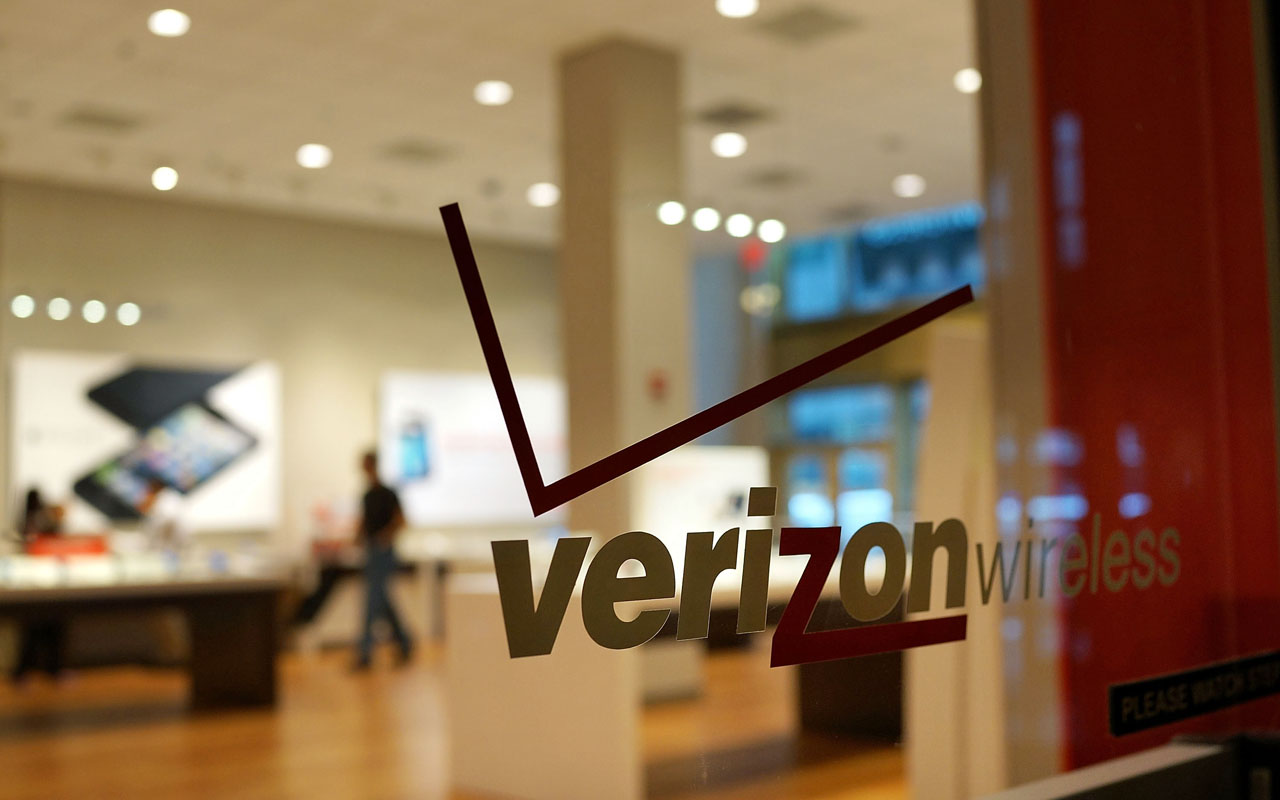
Verizon Communications
- Market value: $200.1 billion
- Dividend yield: 4.9%
- Verizon (VZ, $48.43) is the largest wireless provider in the industry, and it’s among the safest stocks on the market. Some of that safety comes from its business of providing phone and data services, which tend to be recession-proof. Bank of America/Merrill Lynch analysts also say VZ has a strong wireless subscriber base and that its finances are stronger than ever.
The telecommunications industry is a highly regulated oligopoly with services that are considered a necessity. Who do you know that can get by without a smartphone, or a connected tablet or computer?
Moreover, Verizon pays a nearly 5% yield but is only paying out about 52% of estimates for its 2018 earnings. It’s also trading at a cheap 10.5 times earnings estimates.
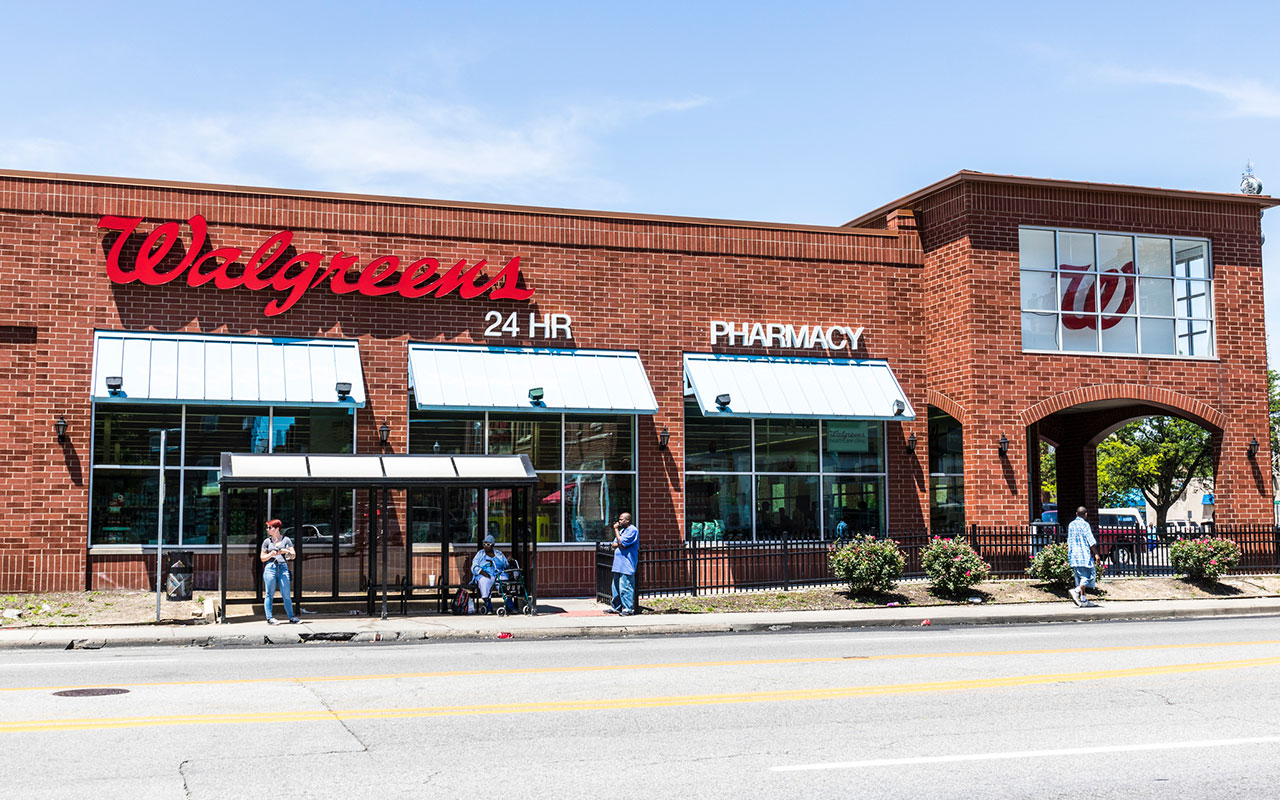
Walgreens Boots Alliance
- Market value: $64.0 billion
- Dividend yield: 2.5%
- Walgreens Boots Alliance (WBA, $64.50) is a safe investment for a couple reasons.
First, 10,000 Americans are turning 65 every day – a trend that is expected to continue through 2029. As Americans age, they require more health-care-related products and services. Walgreens provides many of these.
Second, healthcare prices are high – and rising.
As the largest pharmacy chain in the United States, Walgreens is likely to benefit from the aforementioned trends. WBA not only provides pharmaceuticals across its roughly 9,500 U.S. pharmacies, but it also has about clinics in more than 400 of its locations where customers can be immunized and obtain less costly outpatient treatments.
Walgreen’s huge retail presence will soon be augmented with 1,932 pharmacies it is buying from Rite Aid (RAD).
Wells Fargo analysts like Walgreens because of the company’s focus on transforming its retail space (by adding the clinics mentioned above) and improving its customer experience.

Johnson & Johnson
- Market value: $331.8 billion
- Dividend yield: 2.7%
- Johnson & Johnson (JNJ, $123.72) is another way to invest in the continued expansion of health-care spending.
In fact, J&J offers three ways to benefit from this growth: consumer products (such Tylenol), pharmaceuticals (such as Stelara and Xarelto) and medical devices (such as surgical staplers and wound closers).
Analysts at Bank of America/Merrill Lynch think Johnson & Johnson could have another big year in 2018 after solid earnings growth in 2017. The first quarter of 2018 was promising, with revenue up 13% year-over-year to $20 billion, and earnings of $1.60 per share coming in 4 cents better than the consensus expectation.
JNJ also is a Dividend Aristocrat, and a particularly long-tenured one. The pharma outfit has raised dividends for 56 consecutive years and counting.
Profit and prosper with the best of Kiplinger's advice on investing, taxes, retirement, personal finance and much more. Delivered daily. Enter your email in the box and click Sign Me Up.
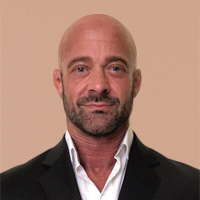
Website: gorillatrades.com
LinkedIn: Gorilla Trades
Phone: (866) 222-6639
Ken Berman has been buying and selling stocks since he was a teenager and met with early success trading then-fledgling biotech stocks like Amgen, Biogen and Immunex. He later became a broker and worked for two wire houses, where he developed a proprietary system for buying and selling equities. In 1999, Mr. Berman formalized his method under the Gorilla Trades name and now has subscribers in the U.S. and 55 other countries around the world.
-
 My Retirement Learning Curve, 1 Year In
My Retirement Learning Curve, 1 Year InA retiree checks in with what they wish they knew early on and what they've changed about their plan one year in.
-
 Introducing Your CD's Edgier Cousin: The Market-Linked CD
Introducing Your CD's Edgier Cousin: The Market-Linked CDTraditional CDs are a safe option for savers, but they don't always beat inflation. Should you try their counterparts, market-linked CDs, for better returns?
-
 'Humbug!' Say Consumers, Despite Hot GDP: Stock Market Today
'Humbug!' Say Consumers, Despite Hot GDP: Stock Market Today"The stock market is not the economy," they say, but both things are up. Yet one survey says people are still feeling down in the middle of this complex season.
-
 The November CPI Report Is Out. Here's What It Means for Rising Prices
The November CPI Report Is Out. Here's What It Means for Rising PricesThe November CPI report came in lighter than expected, but the delayed data give an incomplete picture of inflation, say economists.
-
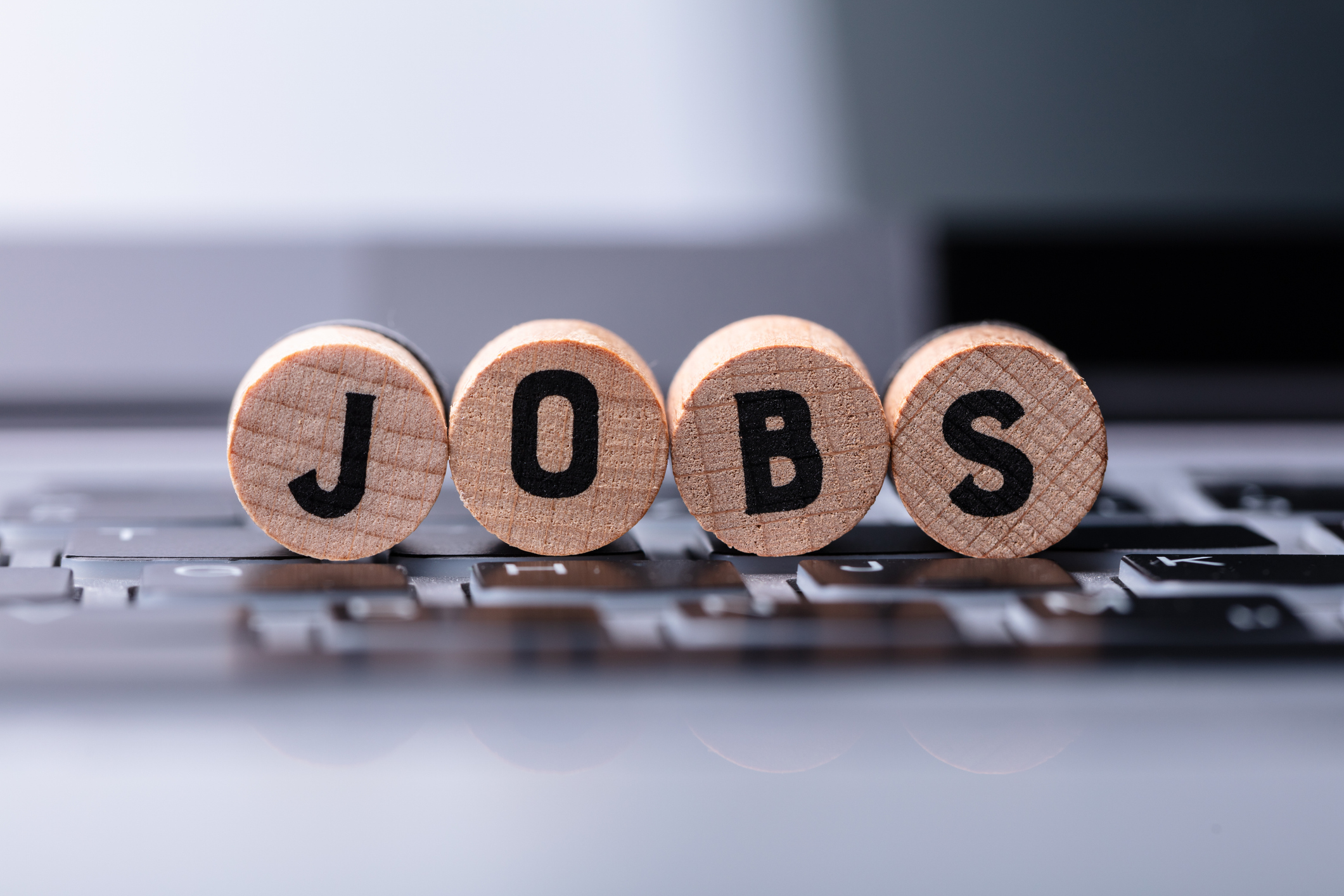 The Delayed November Jobs Report Is Out. Here's What It Means for the Fed and Rate Cuts
The Delayed November Jobs Report Is Out. Here's What It Means for the Fed and Rate CutsThe November jobs report came in higher than expected, although it still shows plenty of signs of weakness in the labor market.
-
 December Fed Meeting: Updates and Commentary
December Fed Meeting: Updates and CommentaryThe December Fed meeting is one of the last key economic events of 2025, with Wall Street closely watching what Chair Powell & Co. will do about interest rates.
-
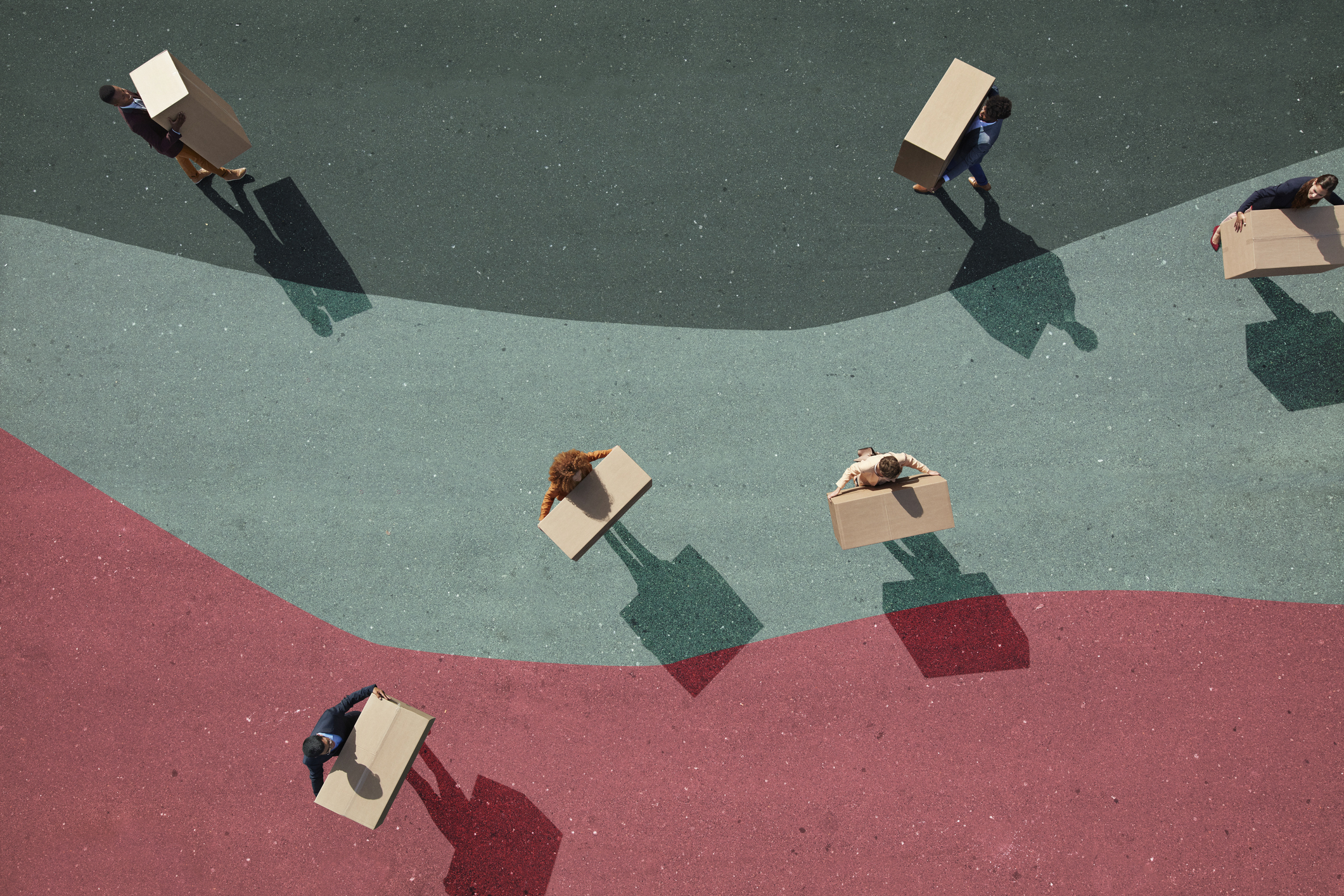 The Delayed September Jobs Report Is Out. Here's What It Means for the Fed
The Delayed September Jobs Report Is Out. Here's What It Means for the FedThe September jobs report came in much higher than expected, lowering expectations for a December rate cut.
-
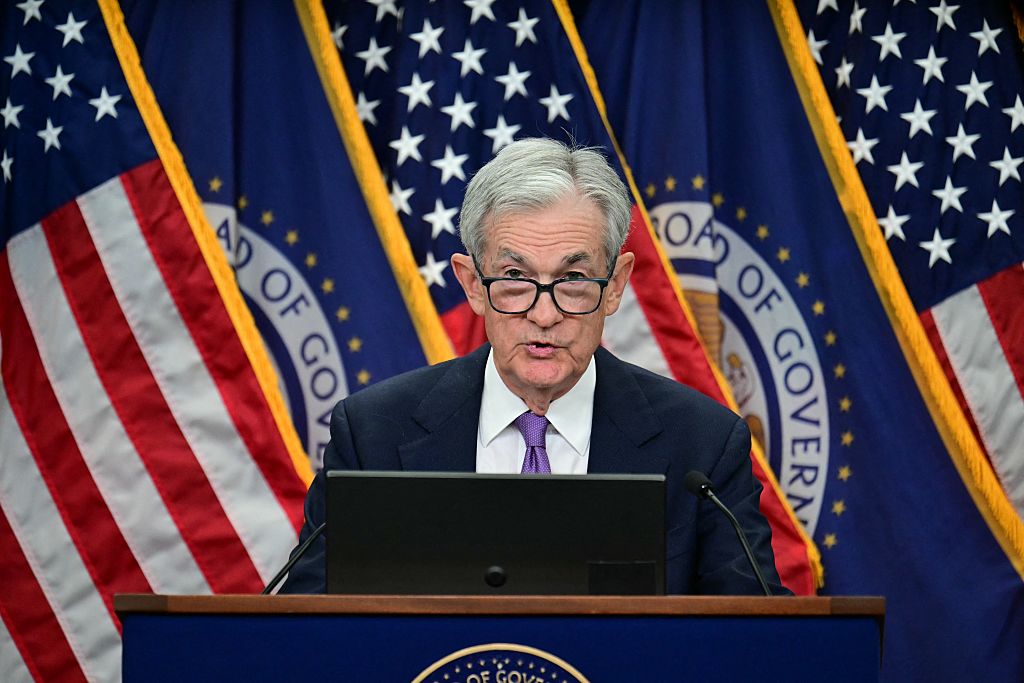 October Fed Meeting: Updates and Commentary
October Fed Meeting: Updates and CommentaryThe October Fed meeting is a key economic event, with Wall Street turned into what Fed Chair Powell & Co. did about interest rates.
-
 The Delayed September CPI Report is Out. Here's What it Signals for the Fed.
The Delayed September CPI Report is Out. Here's What it Signals for the Fed.The September CPI report showed that inflation remains tame – and all but confirms another rate cut from the Fed.
-
 3M, GM, Blue Chips Lead to the Upside: Stock Market Today
3M, GM, Blue Chips Lead to the Upside: Stock Market TodayThe S&P 500 followed the Dow Jones Industrial Average into green territory, but the Nasdaq lagged the other indexes because of its tech exposure.
-
 Banks Are Sounding the Alarm About Stablecoins
Banks Are Sounding the Alarm About StablecoinsThe Kiplinger Letter The banking industry says stablecoins could have a negative impact on lending.
